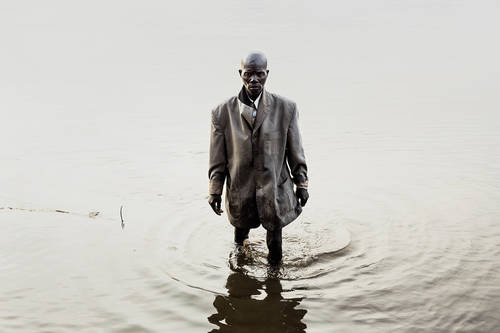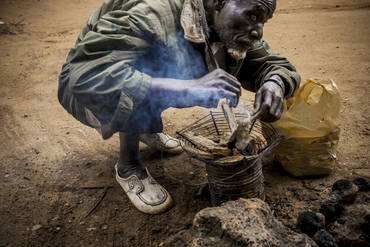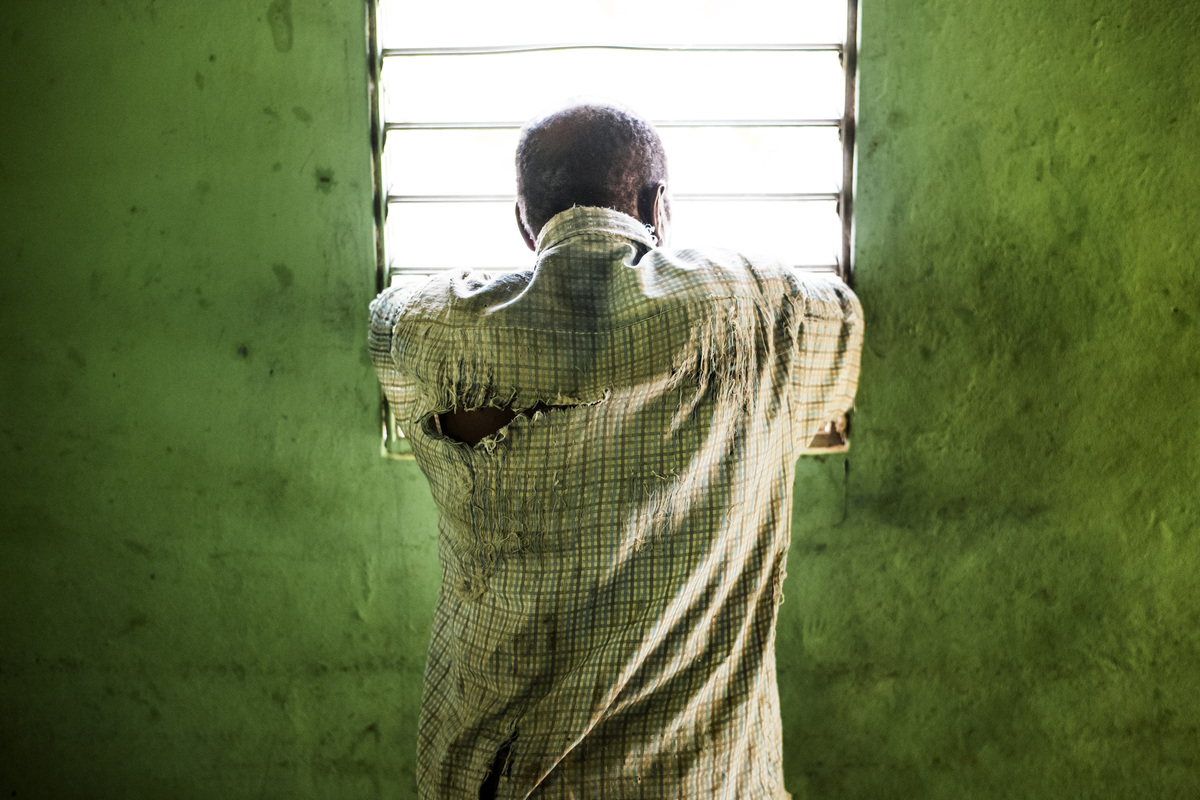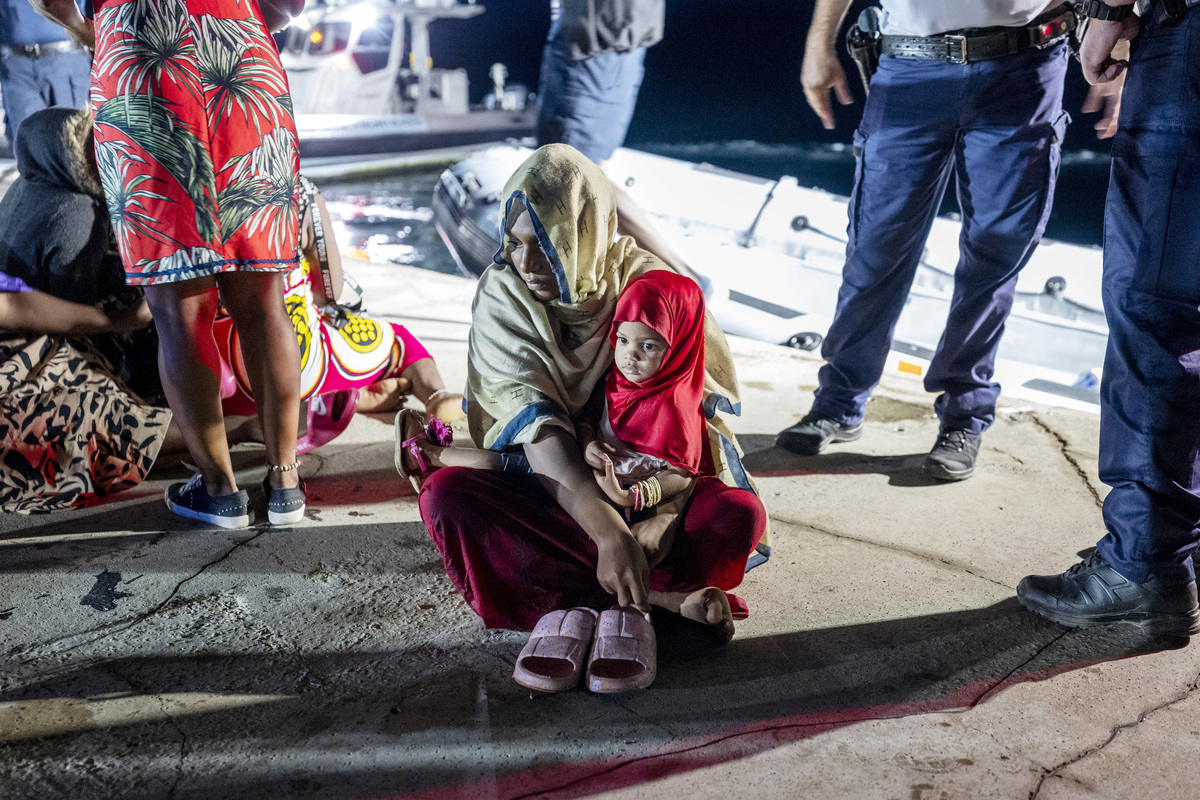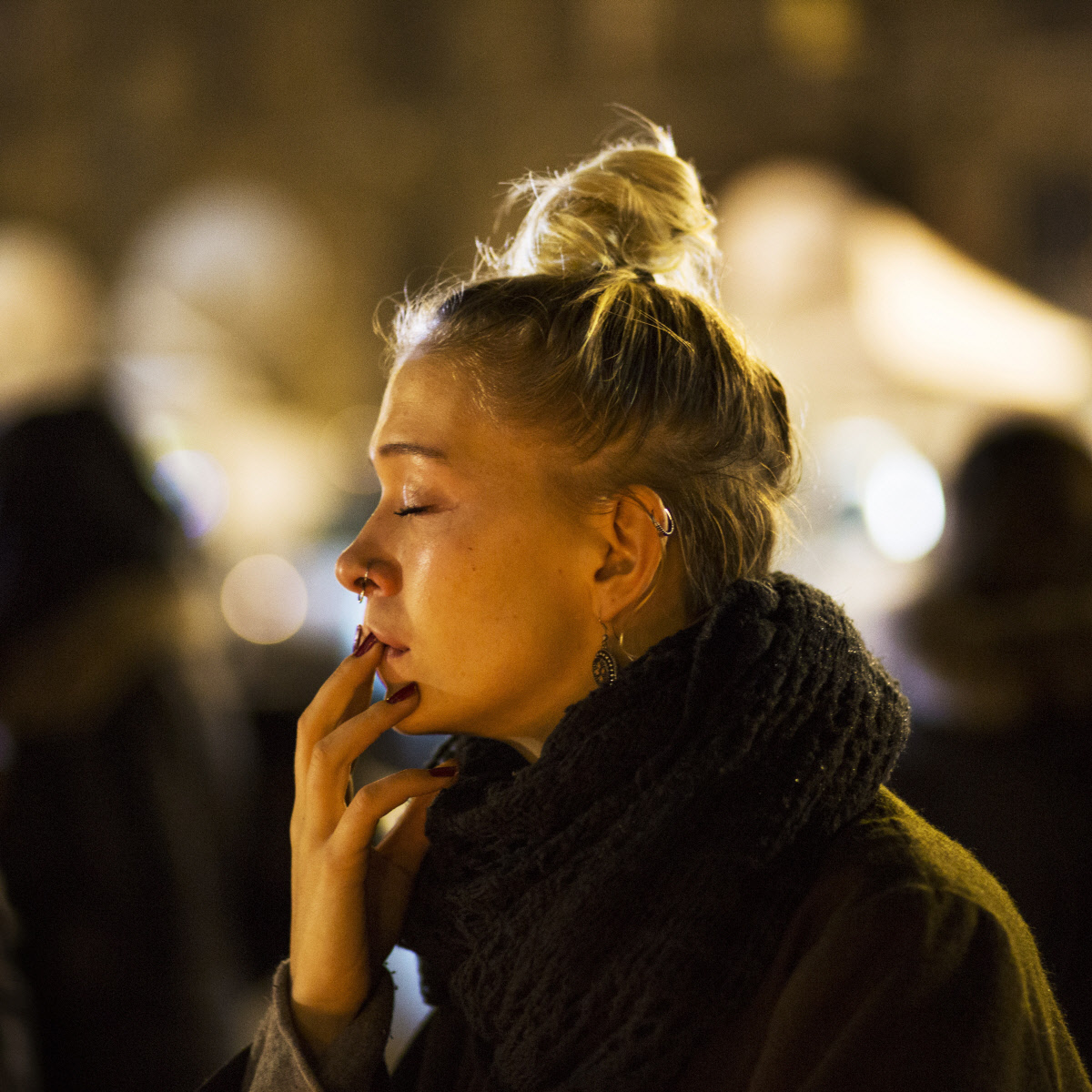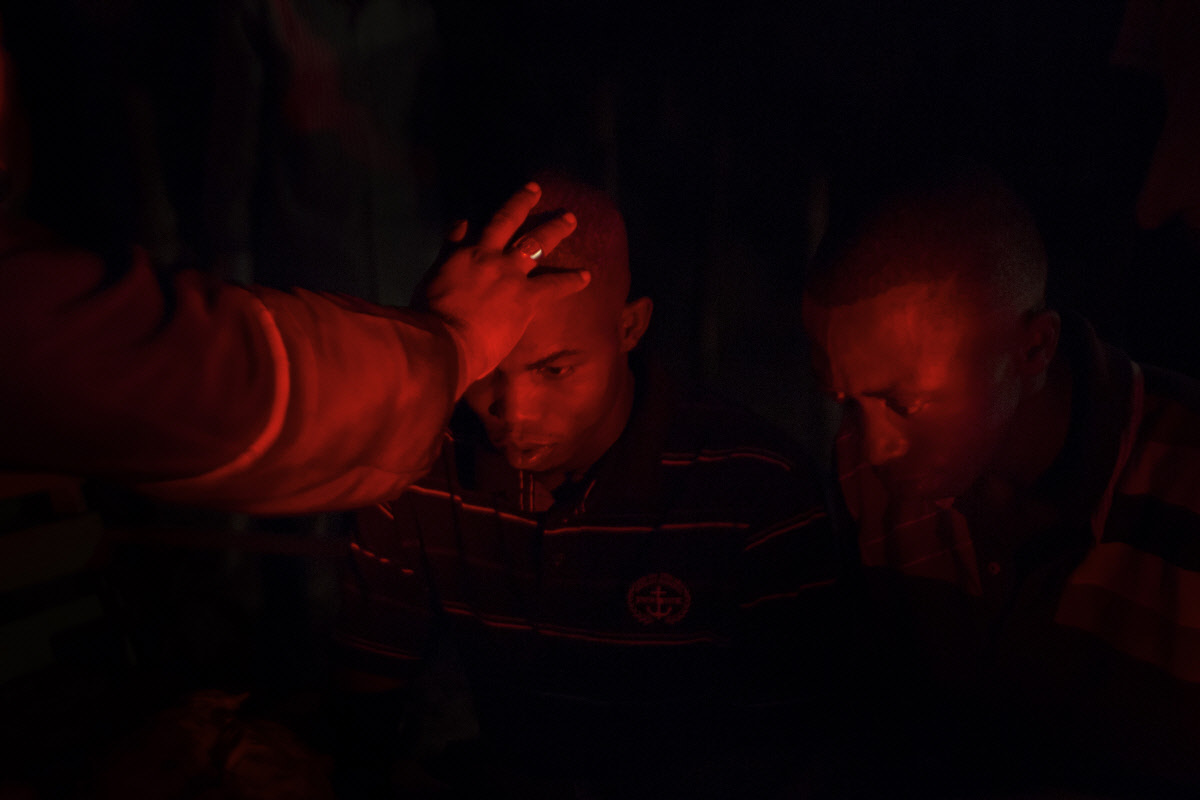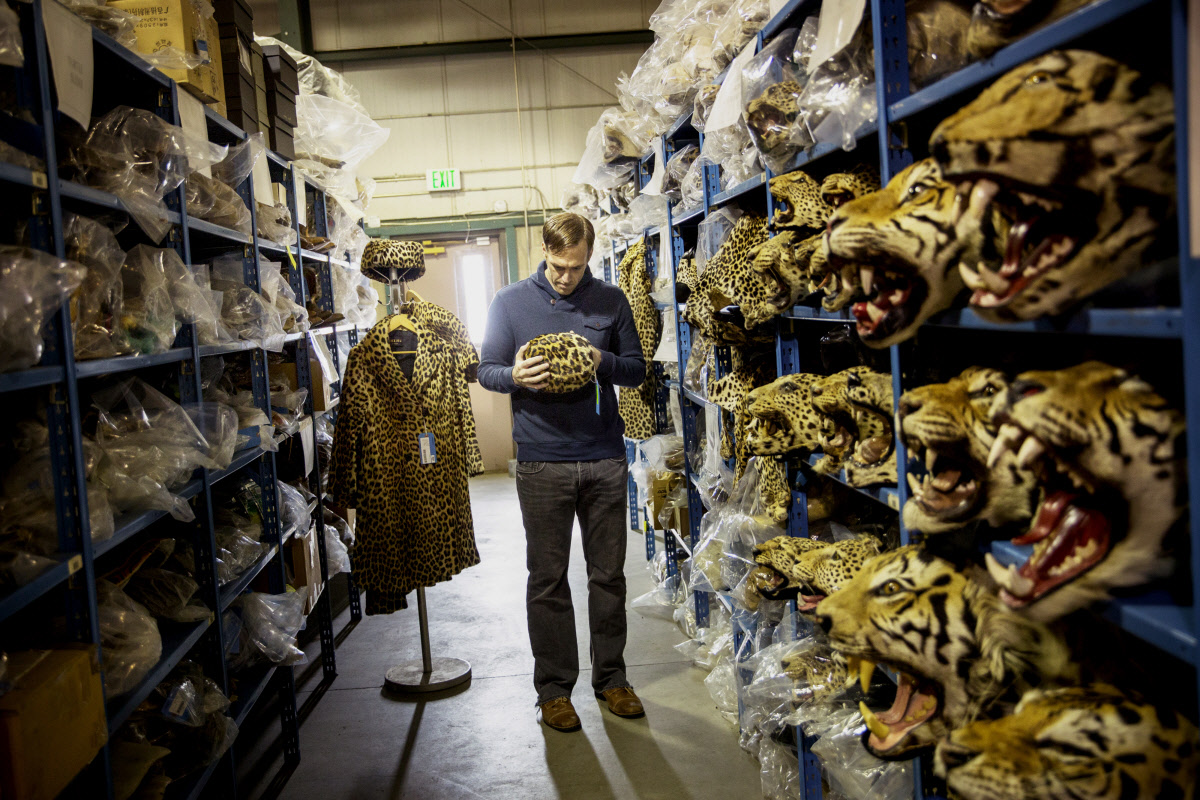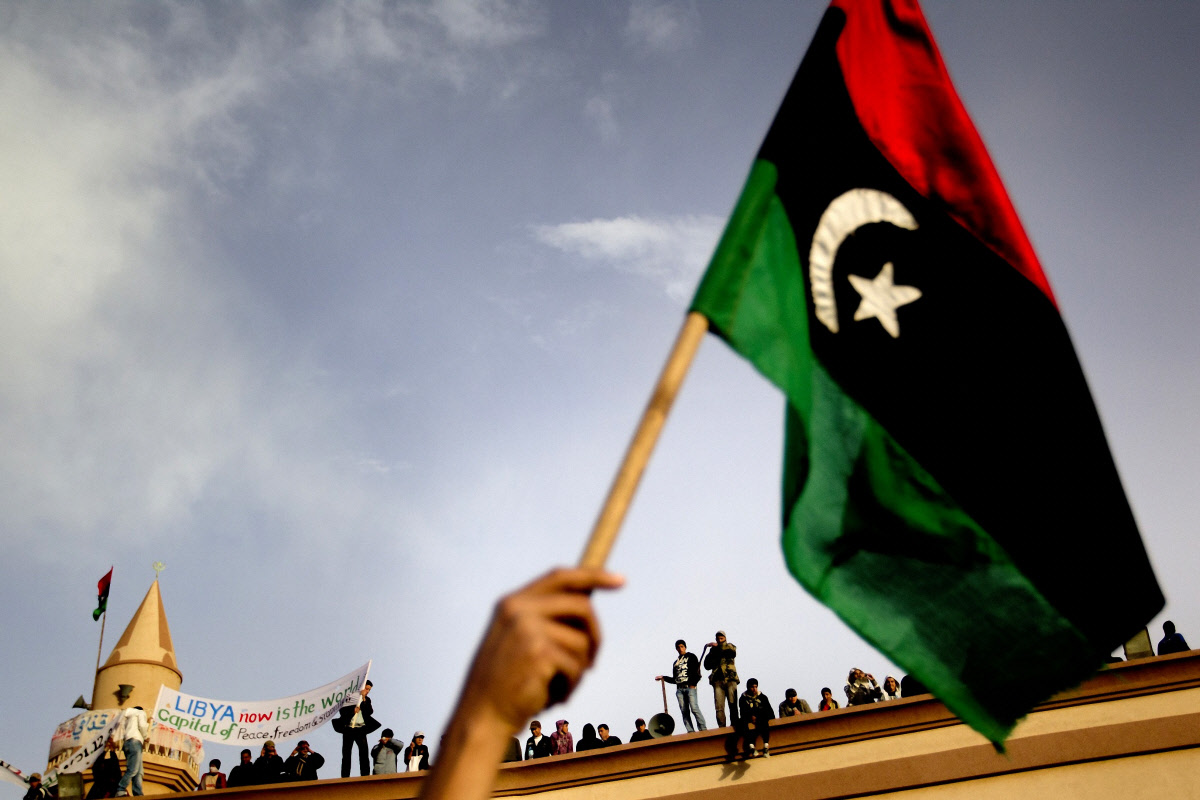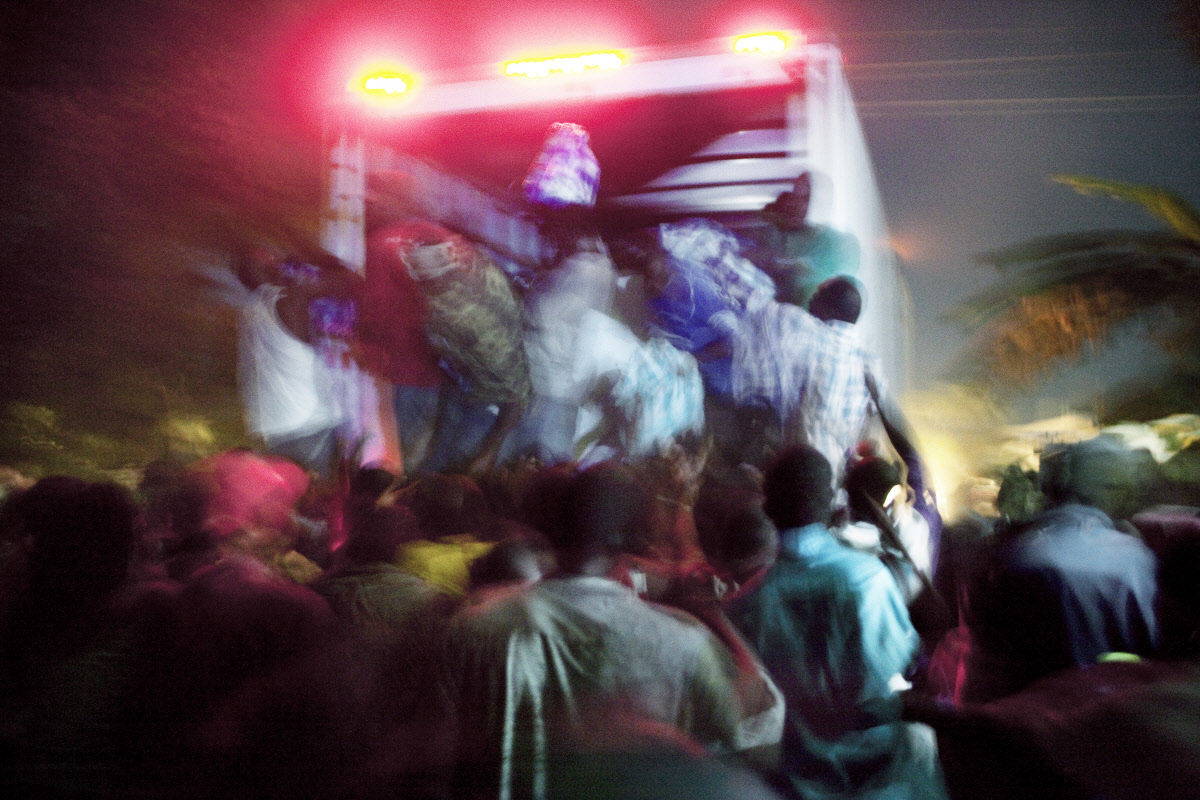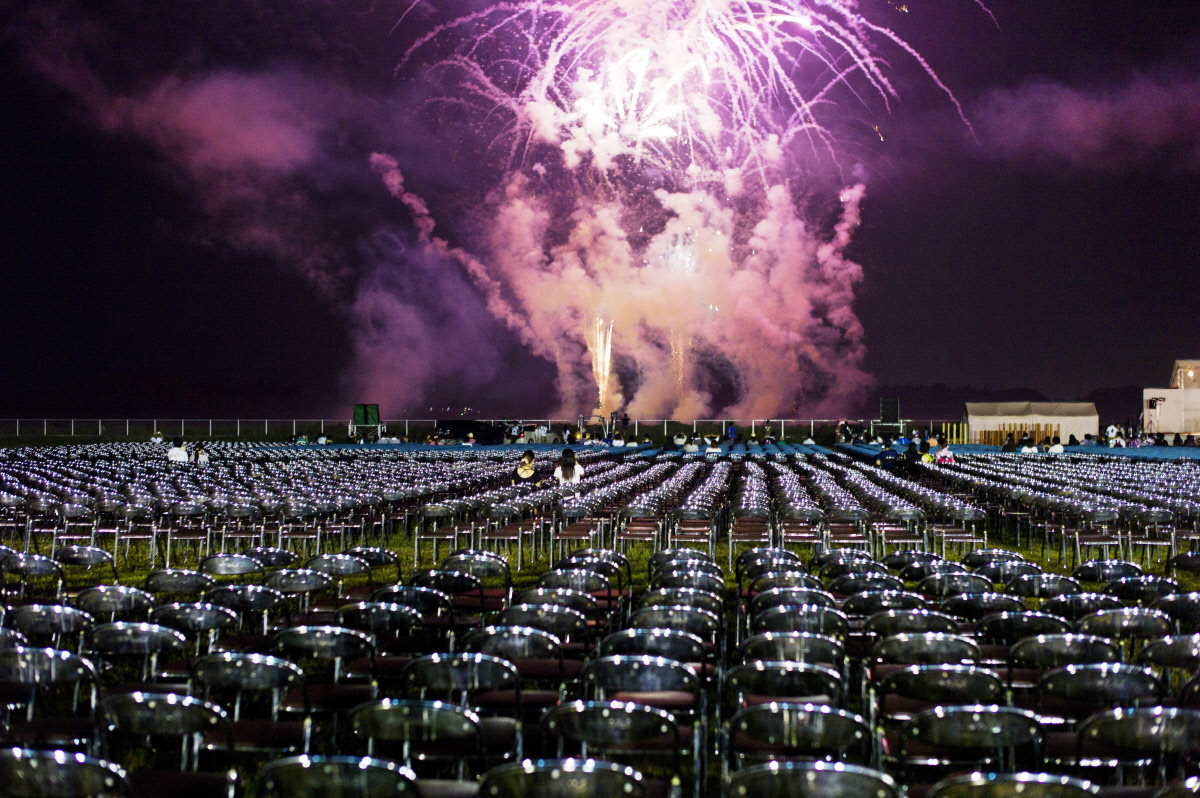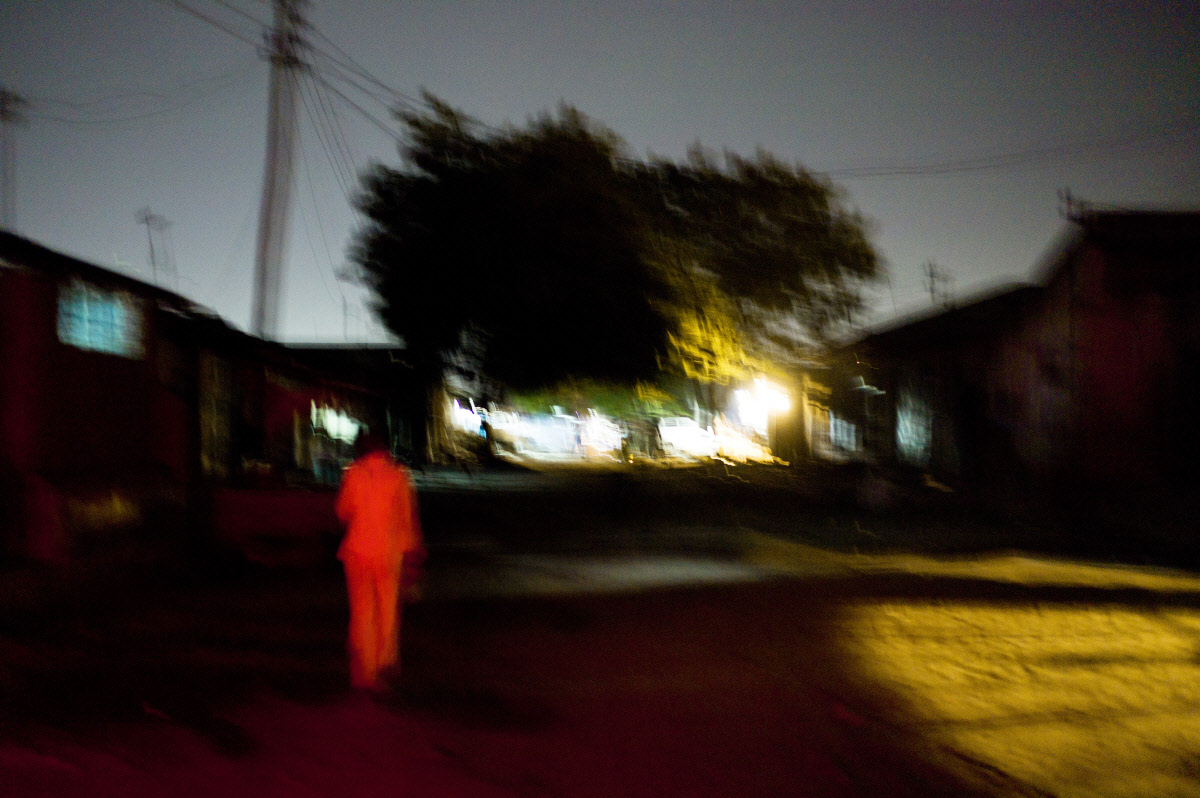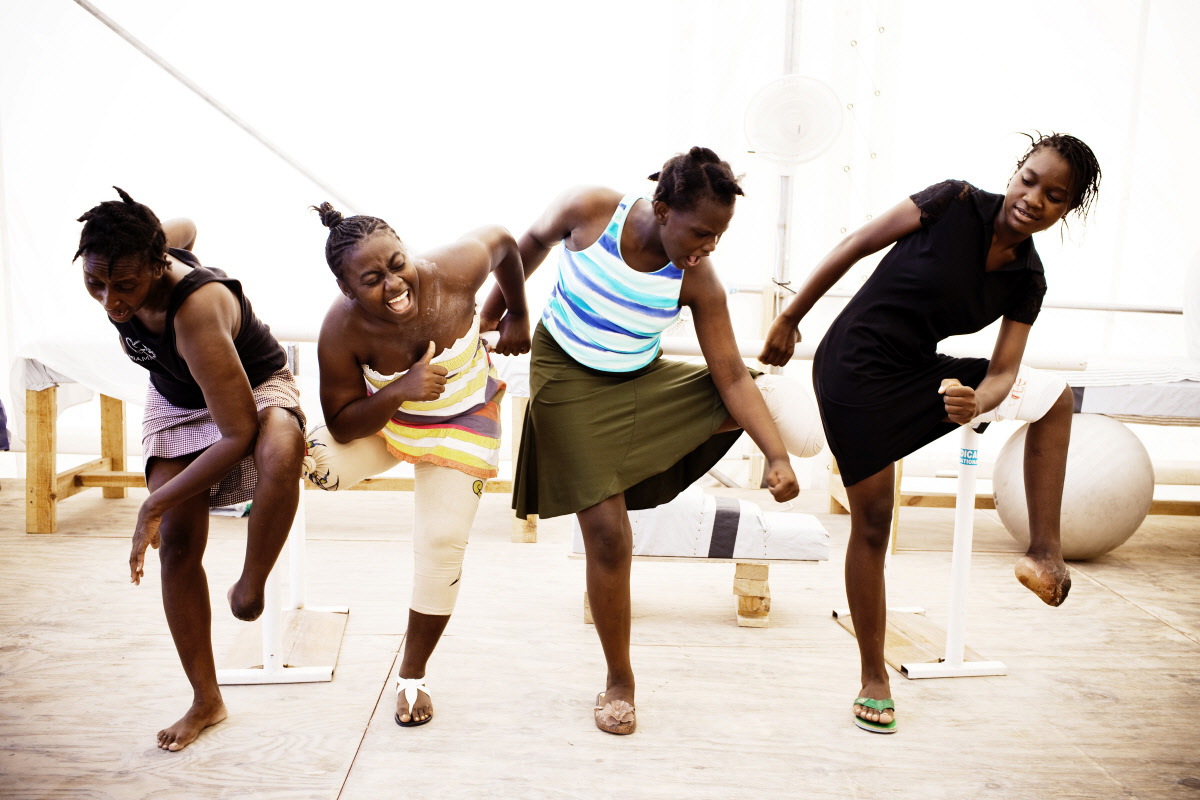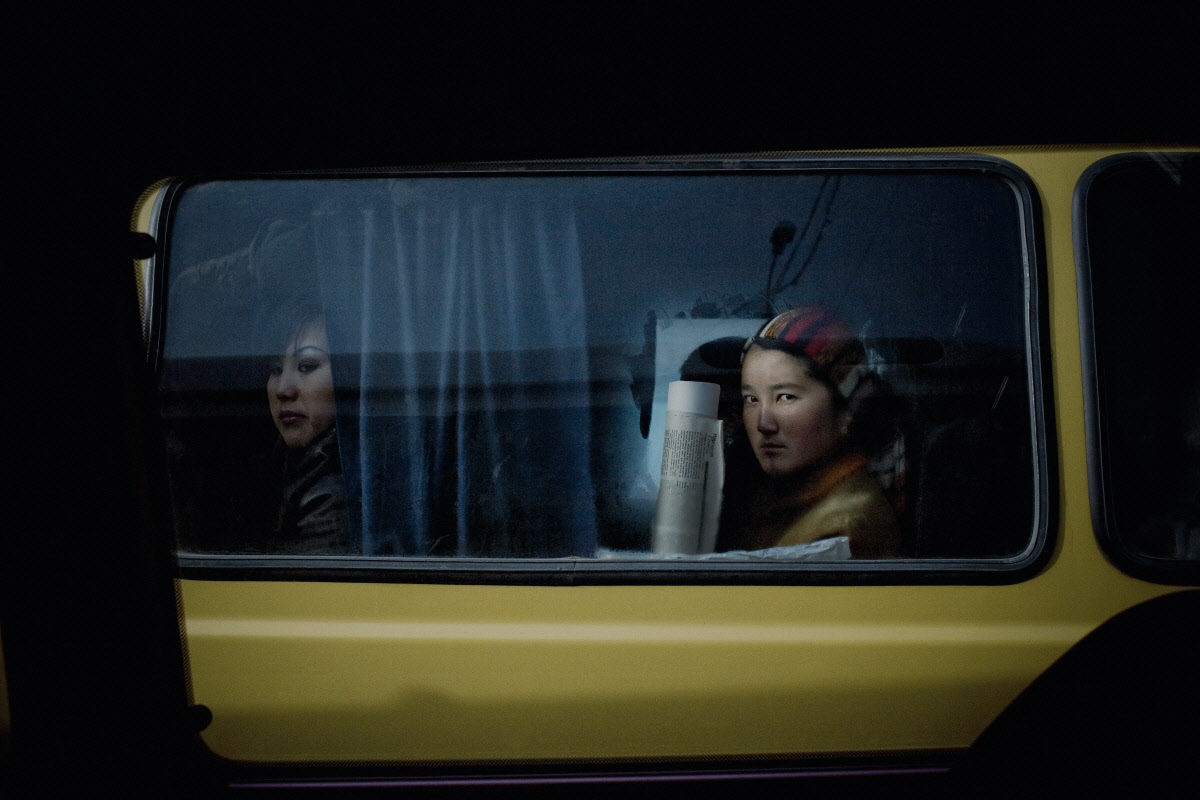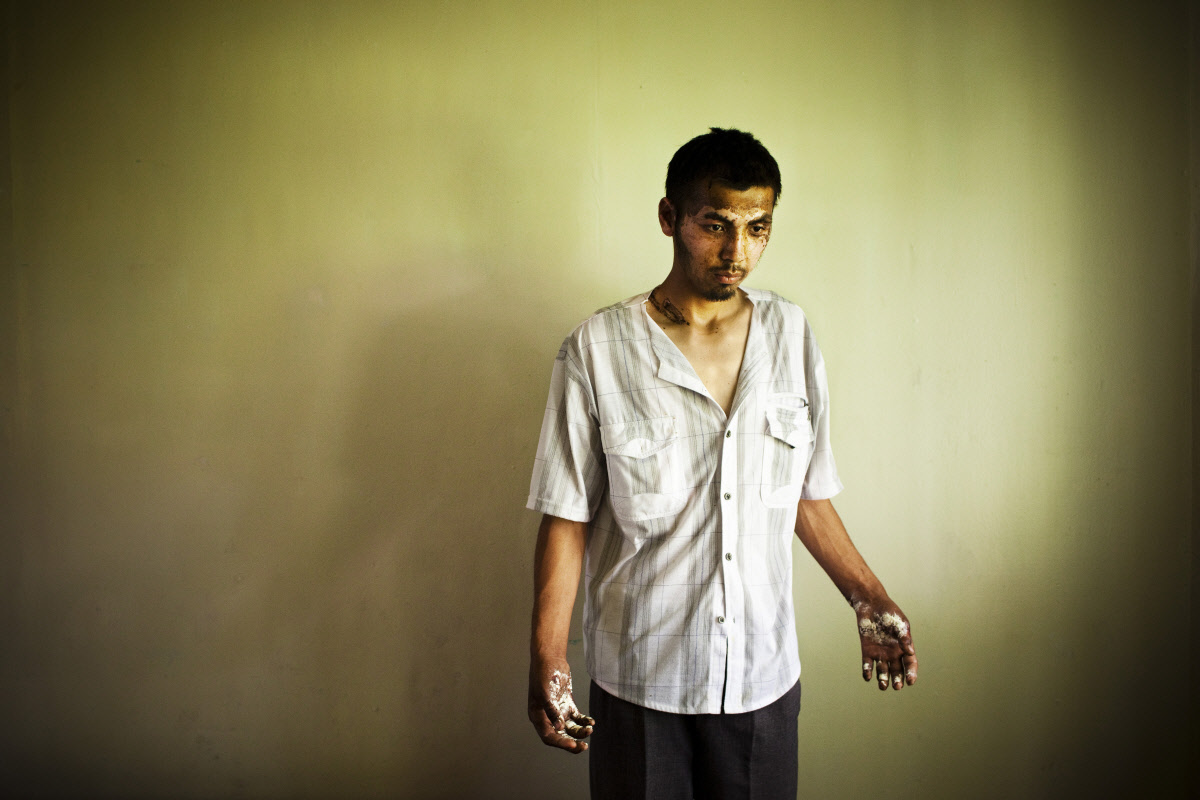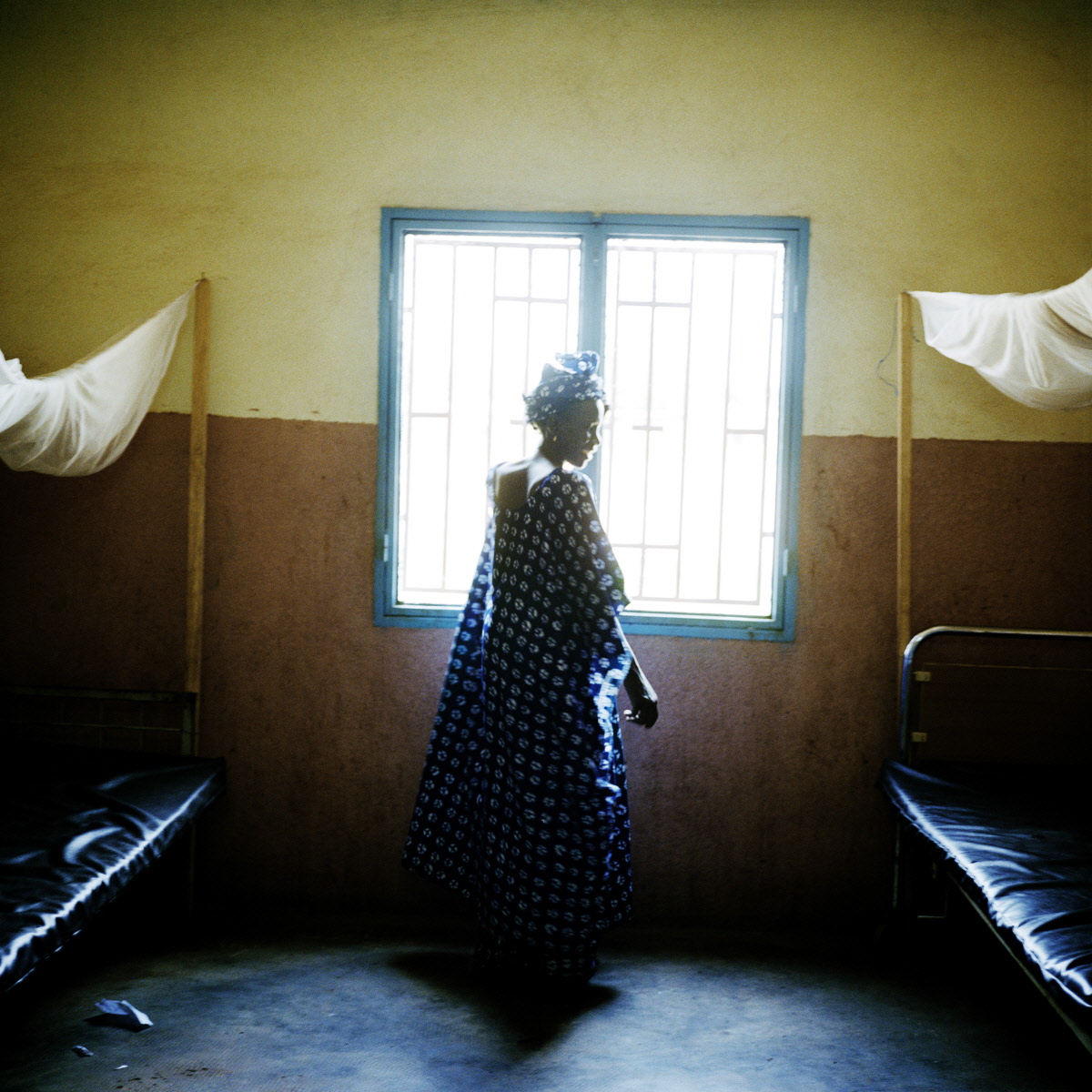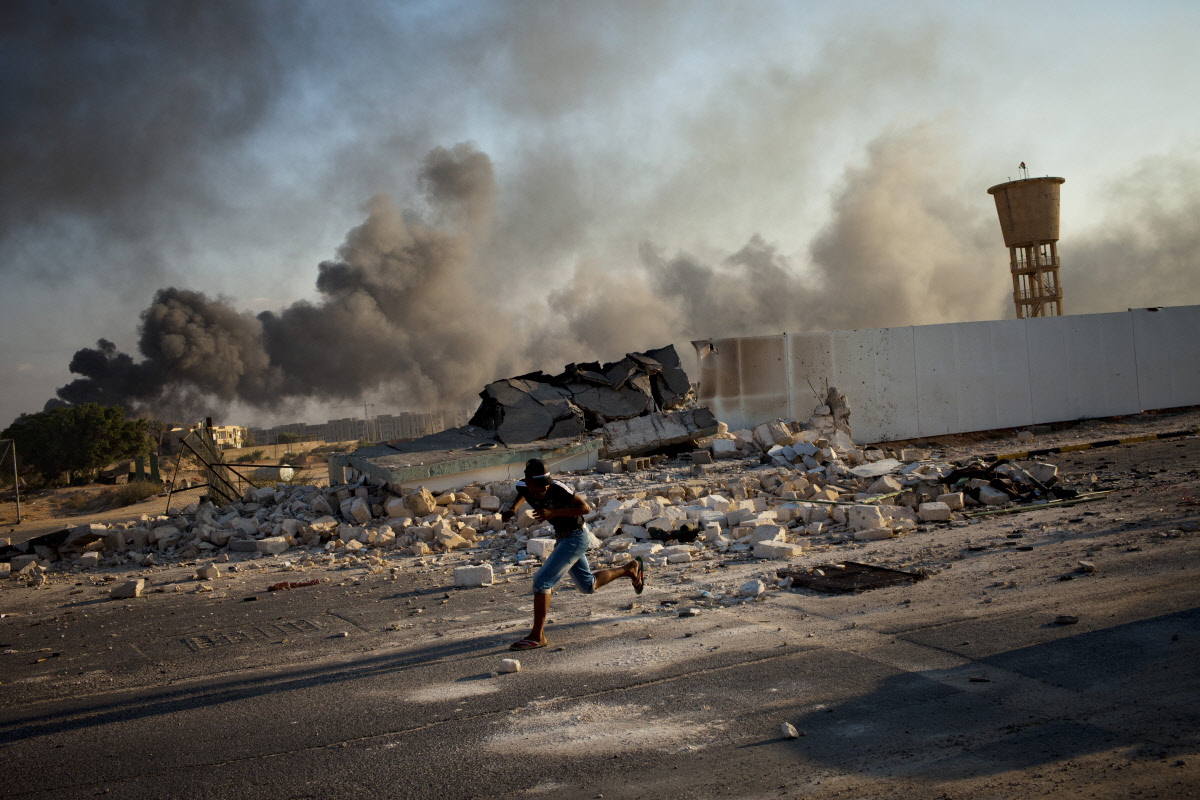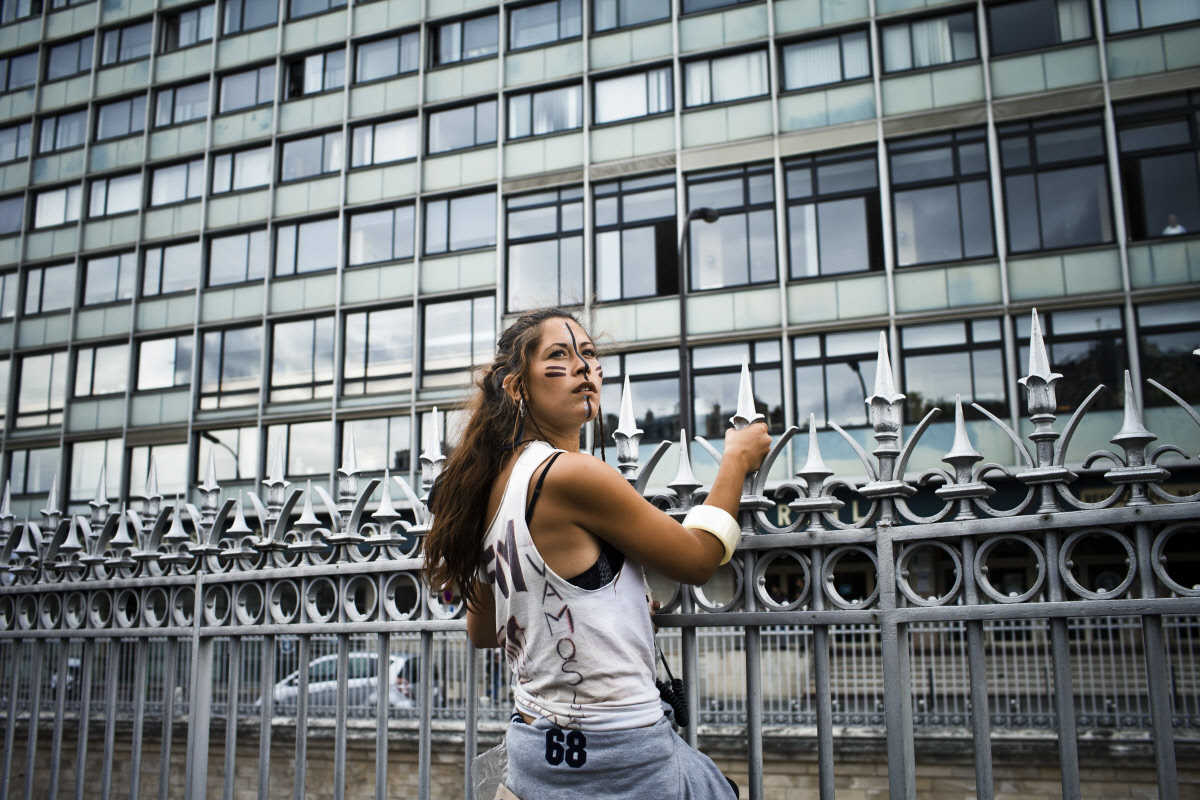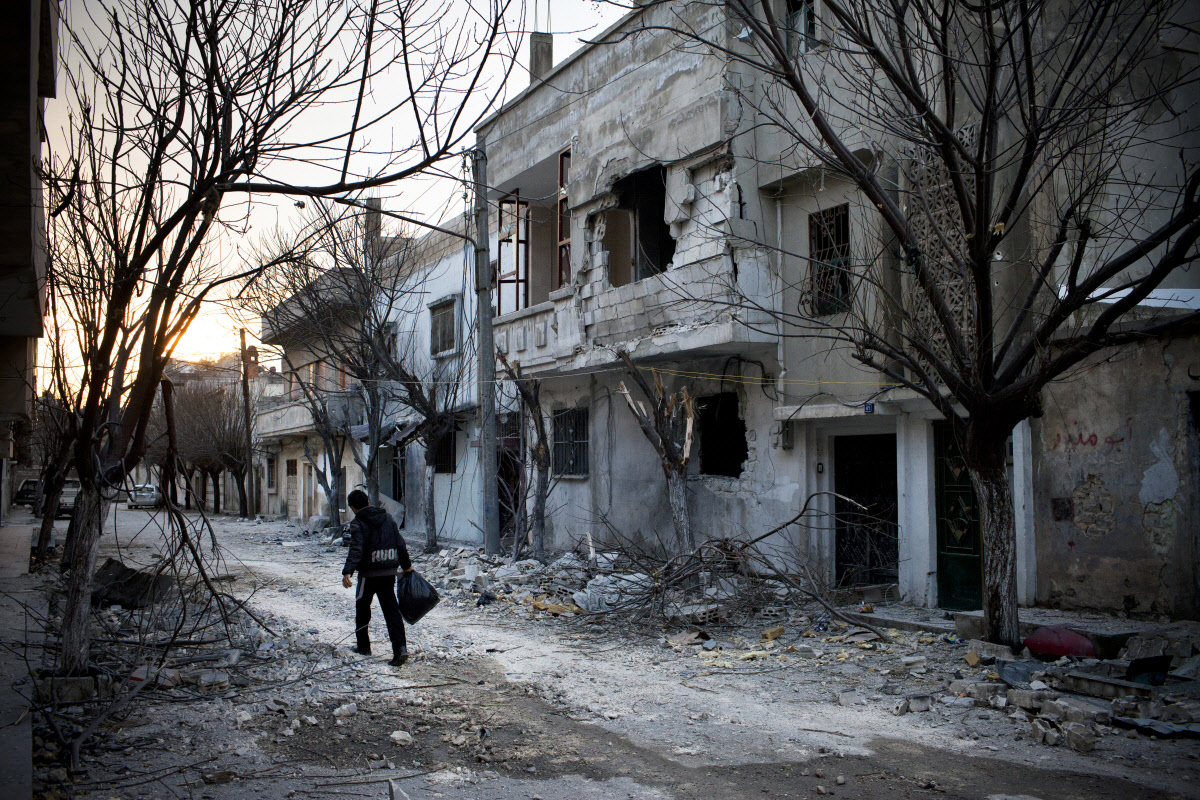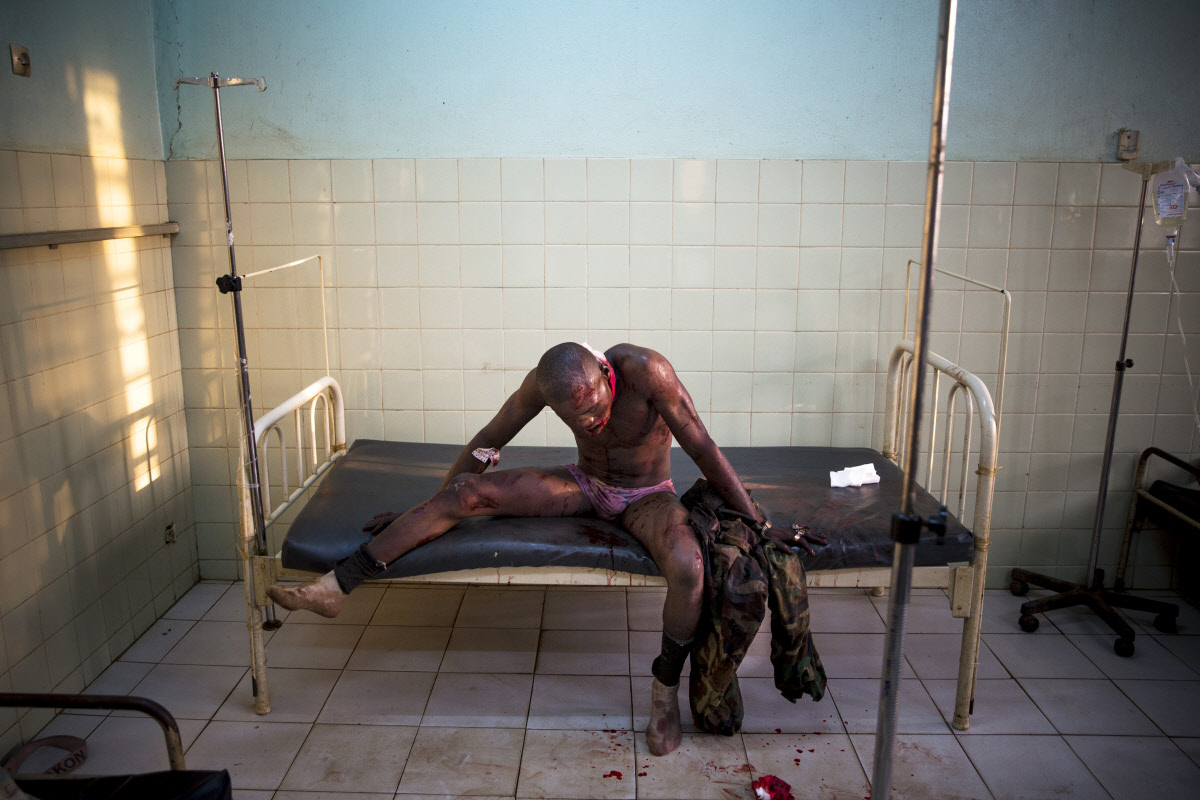Biography
French, 1977
In 2007, William received the Jean-Luc Lagardère Foundation Fellowship, allowing him to document the nascent and fragile developments toward democracy in Kyrgyzstan. His work on the country culminated in the book Faded Tulips. Over a series of visits, William tried to understand the effect this ephemeral revolution had on those who fought for it, lived it, endured it. His study of the country offers a unique perspective on the struggle for democracy in a distant and little known country, a struggle repeated the world over.
In 2008, his reportage on malaria - Mauvais Air - photographed in seven countries and exhibited in September 2008 on the Pont des Arts in Paris and in the European Parliament in 2011, was published as a book by Images en Manoeuvre. His work on crises naturally led him to conflict zones. In Libya, he covered the uprising against the Gaddafi regime until the fall of Tripoli. Between 2013 and 2016, William covered the Central African Republic crisis.
On ten journeys to the war-ravaged country, he came across appalling violence. His photography constantly poses questions, highlights a tension in the reality before him. There is often a sense of being on the verge of collapse. In 2014, on the occasion of the Nuit Blanche art festival in Paris, William exhibited a 100 meter long display of images from the Central African Republic along the Seine. A similar show was installed in New York in 2016.
Williams work has won numerous international awards including two World Press Awards, the Visa d’Or Humanitarian Award at Perpignan photo festival, the Tim Hetherington Grant, the Getty Grant and the Master award of the Ethical photography festival in Lodi.
William Daniels lives in Paris.
-
Featured Story
The Central African Republic (CAR) has seen more than its fair share of coups and unrest over the five and a half decades
A curious legislative battle is playing out on the Indian Ocean island of Mayotte which could have far-reaching effects on the rights of immigrant communities in mainland France.
“When I first visited The Central African Republic (CAR), the country had just descended into the most serious crisis of its short history.
According to the World Wildlife Fund (WWF) we have lost 97% of wild tigers in just over a century.
Following the departure of Tunisia’s strongman Zine El Abedine Ben Ali in early January and the drawn-out showdown between President Mubarak and anti-government protesters in Cairo’s Tahrir Square, on 17 February 2011 it was Libya’s turn.
Jeroen Oerlemans and William Daniels photographed the devastating consequences of Haiti’s 12th January 2010 earthquake.
Six months after Japan was rocked by a huge earthquake, tsunami and nuclear disaster, two Panos photographers – William Daniels and Espen Rasmussen – travelled back to the devastated areas to document the continuing reconstruction.
Some groups either affected by or suffering from HIV/AIDS do not have access to proper care.
I arrived in Haiti ten days after the apocalyptic earthquake of January 12th.
A bloody uprising in Kyrgyzstan in April 2010 saw the country’s president flee the capital.
Tuberculosis remains a serious threat to public health in Kyrgyzstan, and the country’s prisons are a primary breeding ground for the disease.
Though the subject matter is somewhat out of his usual realm of experience, William Daniels thoroughly enjoyed the challenge of finding an innovative approach to the unfamiliar world of “haute couture” As he remembers about his week with some of the world’s most highly-paid models: Though my usual interests as a photographer are far removed from the world of fashion, Le Monde asked me to photograph “haute couture” for a whole 3 very busy days during Paris Fashion Wee
From 11 until 15 April 2011, William Daniels’ striking photographic study of the scourge of AIDS, malaria and tuberculosis in countries across Africa and Asia, will be exhibited in a central location in the middle of the European Parliament in Brussels, in partnership with the The Global Fund to fight AIDS, Tuberculosis and Malaria, .
The uprising against Muammar Gaddafi’s 40-year rule which started in February 2011 in Libya’s eastern city of Benghazi has pulled the entire country into all-out civil war.
When news started to filter through that rebel forces were poised to enter the capital Tripoli, William Daniels felt compelled to make his way back to Libya where he had covered the fighting and the humanitarian crisis earlier in the year.
What has become known as the Occupy movement in the English-speaking world, or Indignados and Indignés in Spain and France respectively, is a loose network of separate protests or protest movements in over 80 countries that broadly question the assumed wisdom of modern economic thinking and deplore the inequalities it causes.
In 1982, the Syrian city of Hama rose up against the autocratic regime of Hafez al Assad, the current Syrian president’s father, and became a symbol of the brutal length to which Syria’s rulers were prepared to go to remain in power.
The Central African Republic (CAR) has seen more than its fair share of coups and unrest over the five and a half decades since its independence from France.
The Central African Republic (CAR) has seen more than its fair share of coups and unrest over the five and a half decades since its independence from France.
Even though the warring factions in the Central African Republic’s latest bout of instability gathered in Brazzaville, Congo, on 23 July to sign a truce, flashes of violence continue to plague this mineral-rich country of 4.
It was grand and extravagant, utterly outlandish, and the most expensive infrastructure project of the Soviet era.

